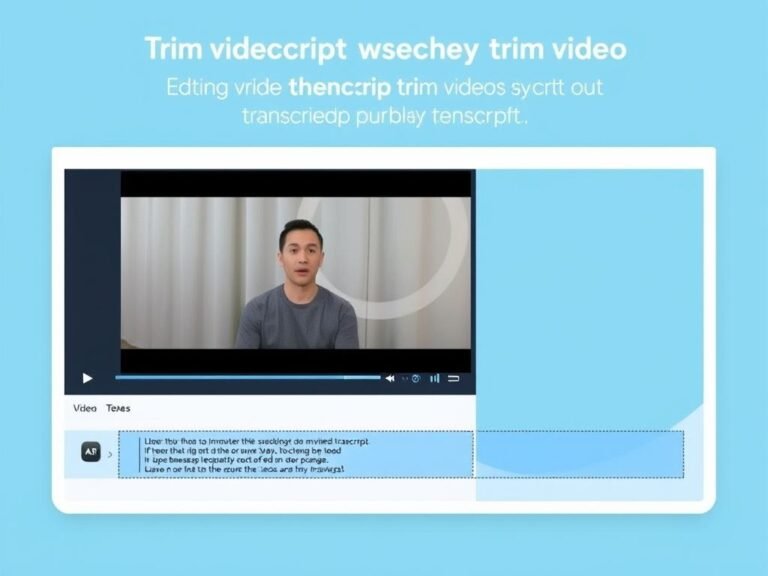Microsoft Brings Built-in Backup Tool to All Windows 11 Users

Microsoft Brings Built-in Backup Tool to All Windows 11 Users
Microsoft has rolled out its monthly non-security optional update for August 2025, known as the “C” release, under KB5064080 (build 22621.5840). While this update doesn’t include security patches, it brings meaningful improvements — most notably, the general availability of Windows Backup for Organizations, now accessible to businesses and IT administrators across the globe.
This marks a major step forward in Microsoft’s efforts to simplify device management at scale, especially for companies upgrading to Windows 11 or deploying new AI-capable hardware.
Windows Backup for Organizations Now Live for All Enterprises
The built-in Windows Backup app, which was initially introduced for individual users, has now officially expanded to enterprise environments. With this release, organizations can seamlessly back up user settings, files, and application data to the cloud or external storage — making device refreshes, replacements, and migrations significantly smoother.
Whether it’s onboarding new employees, rolling out updated hardware, or transitioning teams to Windows 11, the solution helps maintain productivity with minimal disruption. It integrates directly with Microsoft Entra ID and Intune, offering IT teams centralized control while keeping data protection simple for end users.
Enhanced Copilot Experience and Input Fixes
Microsoft has also addressed several usability issues in this update. One notable fix improves the reliability of the Copilot key on supported keyboards. Users who previously faced issues restarting Copilot after using the dedicated key should now find the feature more stable and responsive.
Additionally, the update resolves display problems with extended Unicode characters, particularly rare Chinese symbols, which were appearing as blank spaces or incorrect glyphs in text fields. This fix ensures proper rendering across the system and brings Windows into better alignment with the GB18030-2022 Chinese character encoding standard. The same correction applies to the Chinese (Simplified) IME, where certain characters were showing up as empty boxes.
File Explorer and File Sharing Improvements
Several File Explorer issues have been resolved in this release. One long-standing bug — where the app would sometimes display only a single folder (like Desktop) instead of the full view with recent files and pinned locations — has now been fixed.
Another performance-related issue affecting users syncing multiple SharePoint sites to File Explorer has also been addressed. Previously, navigating folders or opening context menus could become sluggish. Now, responsiveness should improve significantly, and file launching times are expected to be faster.
On the file sharing front, accessing files over SMB (Server Message Block) via QUIC no longer results in unexpected delays, improving remote access reliability for users working with cloud-based file shares.
System, Security, and Device Management Fixes
Under the hood, the update includes important stability fixes. For systems using the Resilient File System (ReFS), enabling both deduplication and compression at the same time could occasionally cause the system to freeze. This has now been resolved to prevent unexpected hangs.
A policy-related issue affecting removable storage has also been corrected. Previously, the group policy designed to block USB drives and external devices wasn’t always enforced properly. This update ensures that restrictions are applied consistently across devices.
For Remote Desktop (RDS) users, a frustrating bug where newly connected cameras weren’t detected during remote sessions has been fixed. Cameras should now appear correctly after being plugged in or switched during a session.
Other Notable Fixes
- Family Safety: The “Ask to Use” approval prompt now reappears correctly when restricted apps are launched, restoring expected parental control functionality.
- Narrator: The screen reader no longer misreads the label of the “Enhance Facial Recognition Protection” checkbox in Windows Hello settings.
- Network Connectivity: Devices should now automatically reconnect to Wi-Fi after a Group Policy refresh, eliminating a previous connectivity gap.
- Mobile Operators: Carrier profiles under Country and Operator Settings Asset (COSA) have been updated for select operators, improving mobile broadband compatibility.
How to Get the Update
The KB5064080 update is being rolled out gradually. To check if it’s available for your device, go to:
Settings > Windows Update > Check for updates
Since this is an optional update, it won’t install automatically unless manually selected. Enterprise environments can deploy it through WSUS or Microsoft Endpoint Manager.
For full details, visit the official KB5064080 support page on Microsoft’s website.





